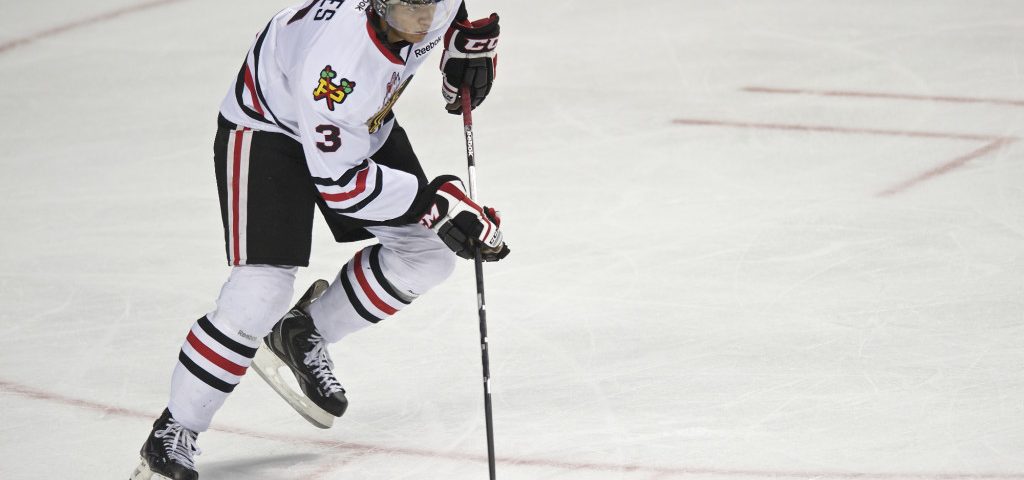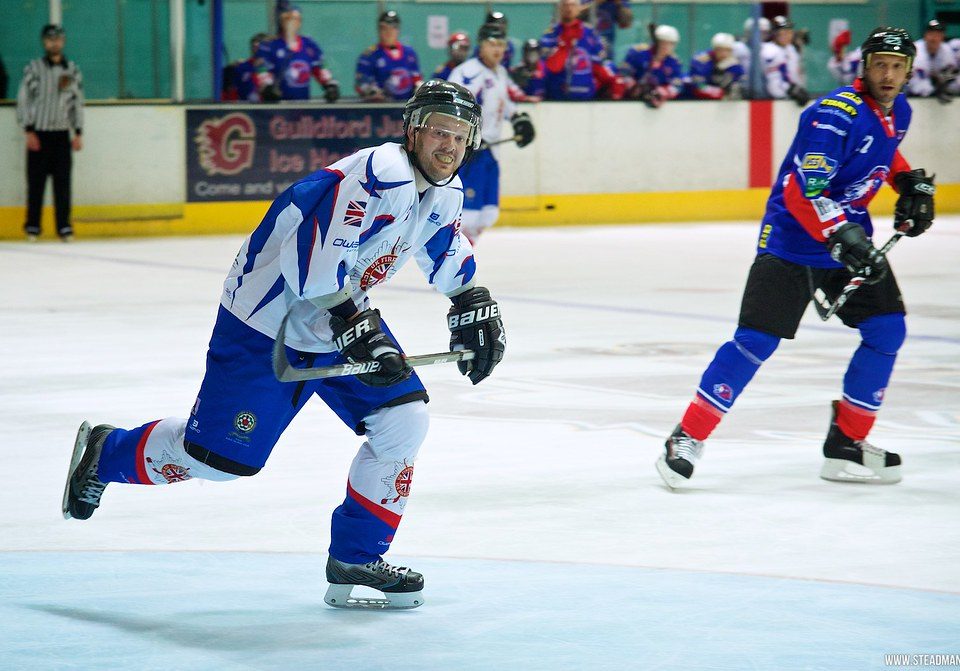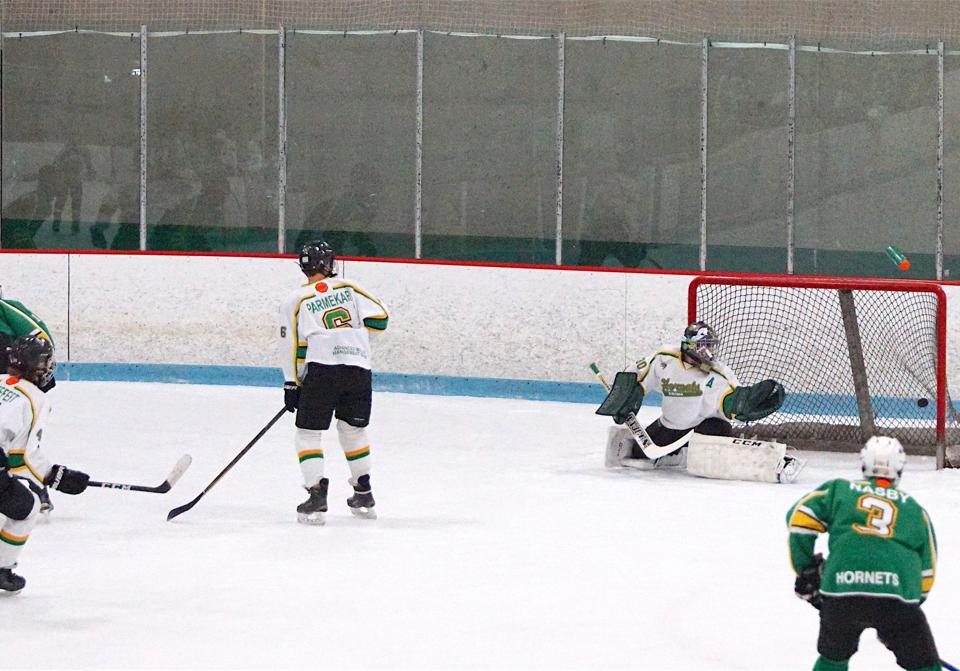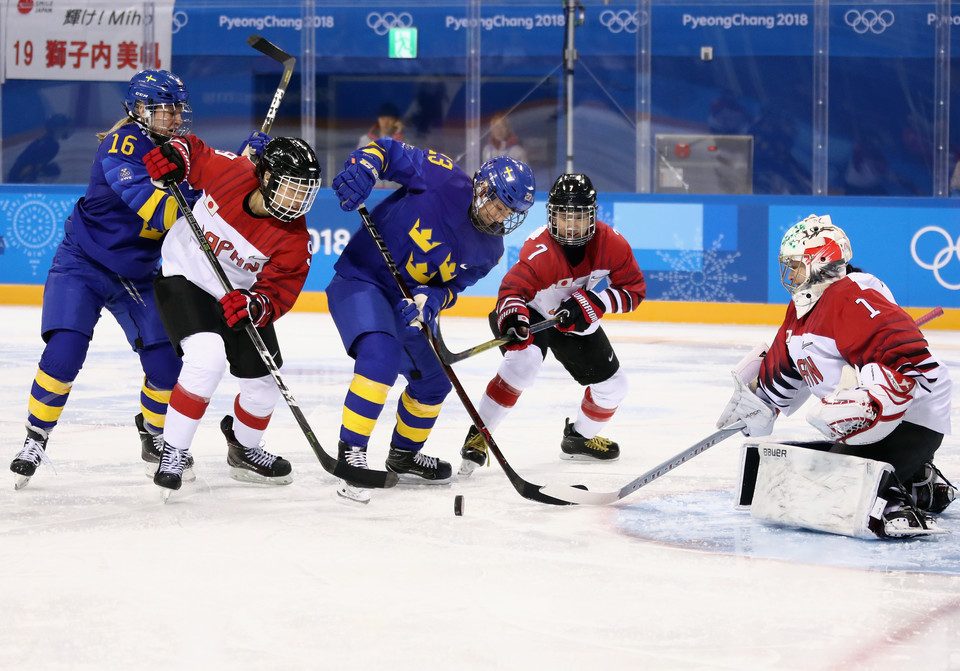How To Train The Body Off The Ice Rink?

Exercise Routine For Improving Your Hockey Skills
June 12, 2019
Robots and Ice Hockey- Rules of the Game
June 12, 2019Ideas For Ice Hockey Players For Better Stamina
Sprinting is the necessary part of training for ice hockey players. Skating tends to create muscular imbalances; sprinting helps nullify them. Furthermore, it aids in acceleration on ice. The higher your sprinting speed, the greater is your skating speed, which in terms of ice can mean a giveaway or a breakaway.
It is a fact that ice hockey requires players with immense power in their lower body, especially the legs. That said, one should never ignore the upper body, which is why lats training is essential. With strong lats, a player can:
• better handle the stick
• increase chances of getting the puck
• augment the odds of keeping the puck
• improve at shooting the puck
To work on the lats and get a direct impact on stick work, perform these:
• chin-up
• rowing
• pull-downs
The strength of the lats is directly related to slap-shot power, and increasing it is critical because they are the greatest assets of a player.
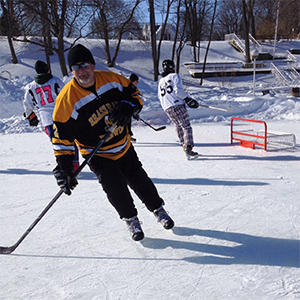 Resistance: The Third Tip To Training For Ice Hockey
Resistance: The Third Tip To Training For Ice Hockey
The last few minutes of a hockey game are not only tiring but defining too. Exceptional stamina is needed to take a losing game to a winning game, which is why resistance training is vital for ice hockey players. To become a game-changer in those final seconds of a game, here are the exercises you need to do:
• pull a weighted sled
• wear leg weights
• use a parachute
All these exercises work on increasing strength and conditioning the body to have more stamina. They work on specific parts of the body before you waltz on to the ice. Consistent training will lead to better strength, stamina, and improved overall play!

